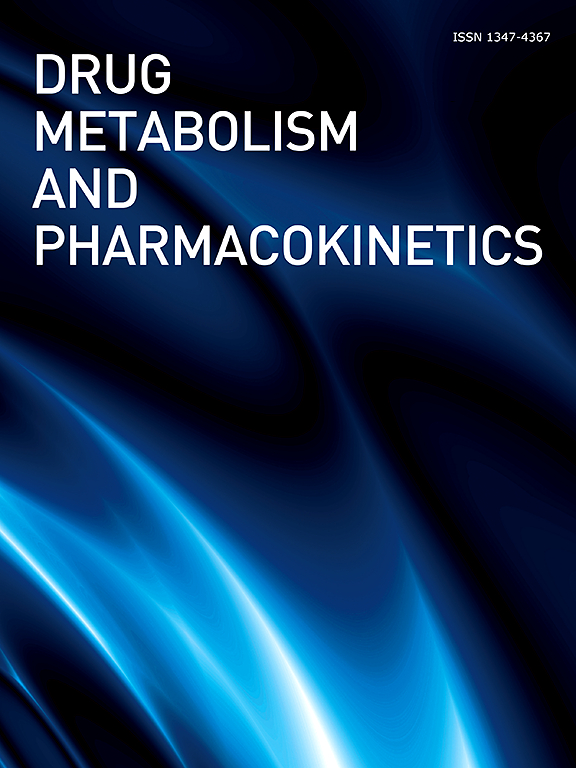In vitro characterization of taurine transport using the human brain microvascular endothelial cell line as a human blood-brain barrier model
IF 2.7
4区 医学
Q2 PHARMACOLOGY & PHARMACY
引用次数: 0
Abstract
Taurine, a sulfur-containing β-amino acid, has various roles in the brain including cellular osmoregulation and neuroprotection. For adequate supply to the brain, taurine has to pass through the blood-brain barrier (BBB); however, the associated mechanism behind crossing the human BBB is not fully understood. Therefore, we characterized taurine transport in vitro using the human brain microvascular endothelial (hCMEC/D3) cell line, a model of human BBB function. [3H]Taurine uptake by hCMEC/D3 cells exhibited time-, as well as extracellular Na+- and Cl−-dependence. The uptake was saturable with a Km of 19 μM and was inhibited by GABA at an IC50 of 328 μM, which were similar to Km values of taurine transporter (TauT)-mediated transport of taurine and GABA, respectively, suggesting that TauT is a major contributor to taurine uptake. For distribution to the brain, taurine must undergo cellular efflux after uptake. Taurine efflux from hCMEC/D3 cells increased for at least 60 min, and monocarboxylate transporter 7 (MCT7)-targeted siRNA significantly reduced MCT7 mRNA levels and [3H]taurine efflux by 93 % and 12 %, respectively, suggesting that MCT7 partly contributes to taurine efflux from hCMEC/D3 cells. Taken together, these results suggest that TauT and MCT7 function cooperatively in the human BBB.

求助全文
约1分钟内获得全文
求助全文
来源期刊
CiteScore
4.80
自引率
9.50%
发文量
50
审稿时长
69 days
期刊介绍:
DMPK publishes original and innovative scientific papers that address topics broadly related to xenobiotics. The term xenobiotic includes medicinal as well as environmental and agricultural chemicals and macromolecules. The journal is organized into sections as follows:
- Drug metabolism / Biotransformation
- Pharmacokinetics and pharmacodynamics
- Toxicokinetics and toxicodynamics
- Drug-drug interaction / Drug-food interaction
- Mechanism of drug absorption and disposition (including transporter)
- Drug delivery system
- Clinical pharmacy and pharmacology
- Analytical method
- Factors affecting drug metabolism and transport
- Expression of genes for drug-metabolizing enzymes and transporters
- Pharmacogenetics and pharmacogenomics
- Pharmacoepidemiology.

 求助内容:
求助内容: 应助结果提醒方式:
应助结果提醒方式:


